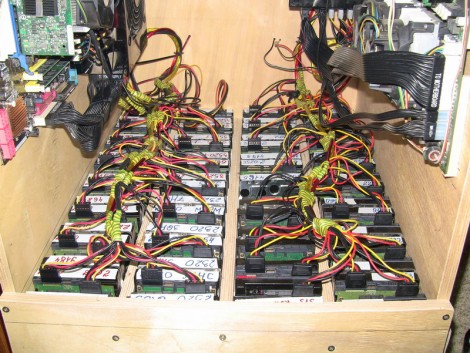There’s no doubt that Volkswagen’s offerings in the 1960s and early 1970s were the hippie cars of choice, with the most desirable models being from the Type 2 line, better known as the Microbus. And what could be even hippier than
converting a 1973 VW Microbus into a solar-electric camper?
For [Brett Belan] and his wife [Kira], their electric vehicle is about quality time with the family. And they’ll have plenty of time, given that it doesn’t exactly ooze performance like a Tesla. Then again, a Tesla would have a hard time toting the enormous 1.2 kW PV panel on its roof like this camper can, and would look even sillier with the panel jacked up to maximize its solar aspect. [Brett] uses the space created by the angled array to create extra sleeping space like the Westfalia, a pop-top VW camper. The PV array charges a bank of twelve lead-acid golf cart batteries which power an AC motor through a 500-amp controller. Interior amenities include a kitchenette, dining table, and seating that cost as much as the van before conversion. There’s no word on interior heat, but honestly, that never was VW’s strong suit — we speak from bitter, frostbitten experience here.
As for being practical transportation, that just depends on your definition of practical. Everything about this build says “labor of love,” and it’s hard to fault that. It’s also hard to fault [Brett]’s choice of platform; after all, vintage VWs are the most hackable of cars.
Continue reading “Solar Powered Camper Is A Magic Bus Indeed”
















